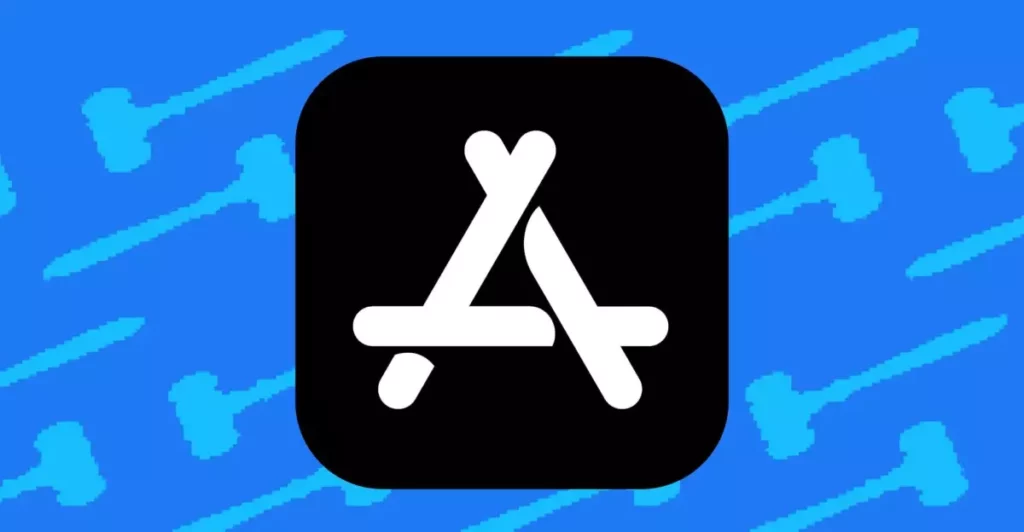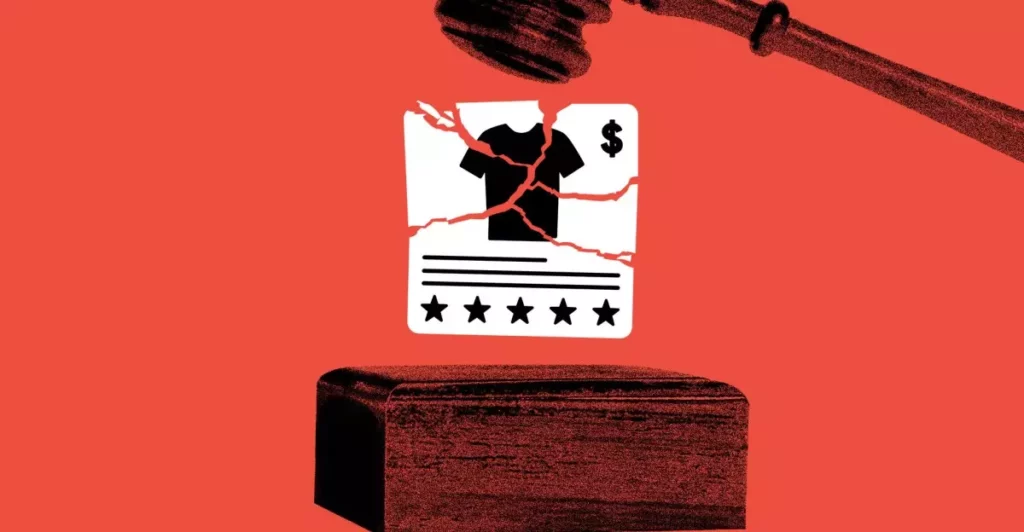The digital arena is constantly fluctuating, and within this tumultuous space, tech behemoths like Apple find themselves wrestling with the dual mandates of regulatory compliance and profit maximization. Recently, Apple unveiled a significant transformation in its App Store fee structure — a shift that holds considerable implications not only for developers but also for the viability of the marketplace itself. While this initiative ostensibly aims to align with the European Union’s Digital Markets Act (DMA), it also unveils a strategic maneuvering between a corporate giant and regulatory forces that pose both challenges and opportunities.
The Dual-Tier Dilemma
Apple’s new fee framework is divided into two tiers: Tier 1 and Tier 2. At a glance, Tier 1 appears to offer a promising pathway for new developers, with an enticingly low commission rate of 5% on in-app purchases. This superficial appeal is undercut by a troubling lack of essential features. Developers relegated to this tier are cut off from critical functionalities, including automatic app updates and promotional tools. The inherent irony is palpable: Apple markets Tier 1 as the gateway for aspiring developers, yet it subtly shackles their ability to grow within the App Store’s ecosystem. This raises a fundamental question: does Apple genuinely desire to nurture innovation, or is it simply looking to maintain its monopoly by keeping newcomers at arm’s length?
By contrast, Tier 2 charges a hefty commission of 13% but grants access to a comprehensive suite of tools designed to facilitate developer success. Herein lies a fundamental injustice — this system effectively rewards those who are financially equipped to partake in Apple’s elite circle, leaving smaller developers to struggle against insurmountable barriers. Apple may be presenting this as a step towards fairness, but under the glossy surface, it reveals a troubling bias towards profit-driven exploitation at the expense of genuine opportunity.
The Epic Clash: Competition vs. Compliance
This shift is happening against a backdrop of heightened tensions between Apple and formidable opponents like Epic Games. Tim Sweeney, Epic’s outspoken CEO, has characterized Apple’s fee structure as a predatory practice that disproportionately burdens smaller developers. His critique transcends mere corporate rivalry; it signifies a larger existential battle over app distribution and the principles of fair revenue sharing in an increasingly digitalized economy. The stakes are high, and the ramifications of this altercation will be felt well beyond the walls of corporate boardrooms.
Apple’s regulatory entanglements are further complicated by its history of hefty fines and accusations of anti-competitive behavior, notably a €500 million fine under the DMA. This new fee structure cannot simply be dismissed as a harmless adjustment — it is a direct response to avoid further scrutiny and penalties. The looming Core Technology Fee is a calculated attempt to sidestep legal repercussions while attempting to uphold Apple’s traditional revenue model. Starting January 1, 2026, Apple aims to align this unified fee structure with its other rates, hoping to placate regulatory demands while streamlining operations. However, it remains to be seen whether developers will truly benefit from these changes or if they will merely serve Apple’s overarching interests.
Questions of Innovation and Intent
Despite Apple’s polished messaging around these adjustments, skepticism persists among industry experts and developers alike. The essence of the query lies in whether this new model represents genuine support for innovation or another clever ploy to consolidate power. Proponents of smaller developers argue that navigating this complex landscape under the weight of high commission fees could stifle creativity and exploration. Critics assert that Apple’s cozy embrace of regulatory compliance may not translate into a more equitable marketplace.
The tech titan’s ongoing relationship with lawmakers and developers teeters on a precarious ledge. With many questioning the integrity of Apple’s commitment to transparency and equitable practices, the concern mounts about future developments. For how long can Apple tread the line between maintaining its bottom line and cultivating an environment conducive to creative iteration?
As this drama unfolds, one thing becomes unequivocally clear: the outcome of Apple’s fee restructuring reverberates far beyond the realm of app development. It raises pressing issues about equity, access, and the role of corporate giants in shaping the future of technology. The implications of this struggle demand vigilant scrutiny, as the resolution may define the fate of countless developers and reshape the app marketplace for generations to come.









Leave a Reply